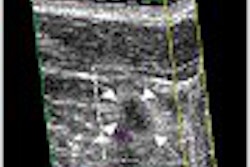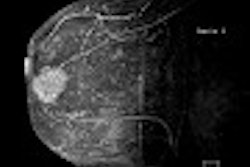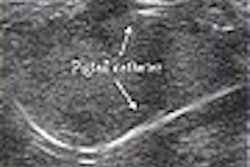The debate over the quality of breast screening services flared anew this week after members of a U.S. Senate committee debated adding mandatory skills testing to the Mammography Quality Standards Act, which is up for reauthorization. We’re covering the debate this week in a series of articles in our Women’s Imaging Digital Community.
The hearings were the somewhat predictable result of the heightened attention focused on mammography last year. The breast imaging community was taken to task for what critics call an unacceptably high error rate, and for allegedly failing to police itself to ensure that women receive high-quality exams.
In the Senate hearings, lawmakers debated whether the burden of mandatory skills testing would put too much pressure on an industry that is already experiencing severe financial strains. In the end, representatives will probably defer the implementation of a testing requirement for two years while they study the issue in more detail.
Such a reprieve would be welcome, but it gives radiology little time to show that it is making progress in improving the quality of care. Rapid action is needed, both to improve the quality of screening and to demonstrate to an increasingly anxious public that radiology is capable of taking effective action.
Some mammography advocates are proposing more education of breast imaging professionals as a solution to the problem. That might work, but any proposal that relies primarily on raising educational requirements rather than performance assessment could be seen by the public as a circle-the-wagons approach -- one that has more to do with radiologists protecting their own than working to effect change.
Instead, breast imaging professionals must embrace some level of oversight -- ideally short of government intervention -- that will assuage the concerns of women’s health advocates while ensuring that radiologists do not fall victim to malpractice attorneys.
Another concrete proposal could require breast-screening facilities to conduct a minimum number of exams a year or risk losing their MQSA accreditation. Ideally, high-volume mammography facilities could employ teleradiology links to make up for the low-volume sites that are no longer offering the service. The government could encourage such shifts by increasing reimbursement for mammography conducted via teleradiology.
Regardless of what happens, there is an urgent need for radiology to get its mammography house in order. If it doesn’t, someone else will.
For all the news about this breaking story, visit our Women’s Imaging Digital Community, at womens.auntminnie.com.



















